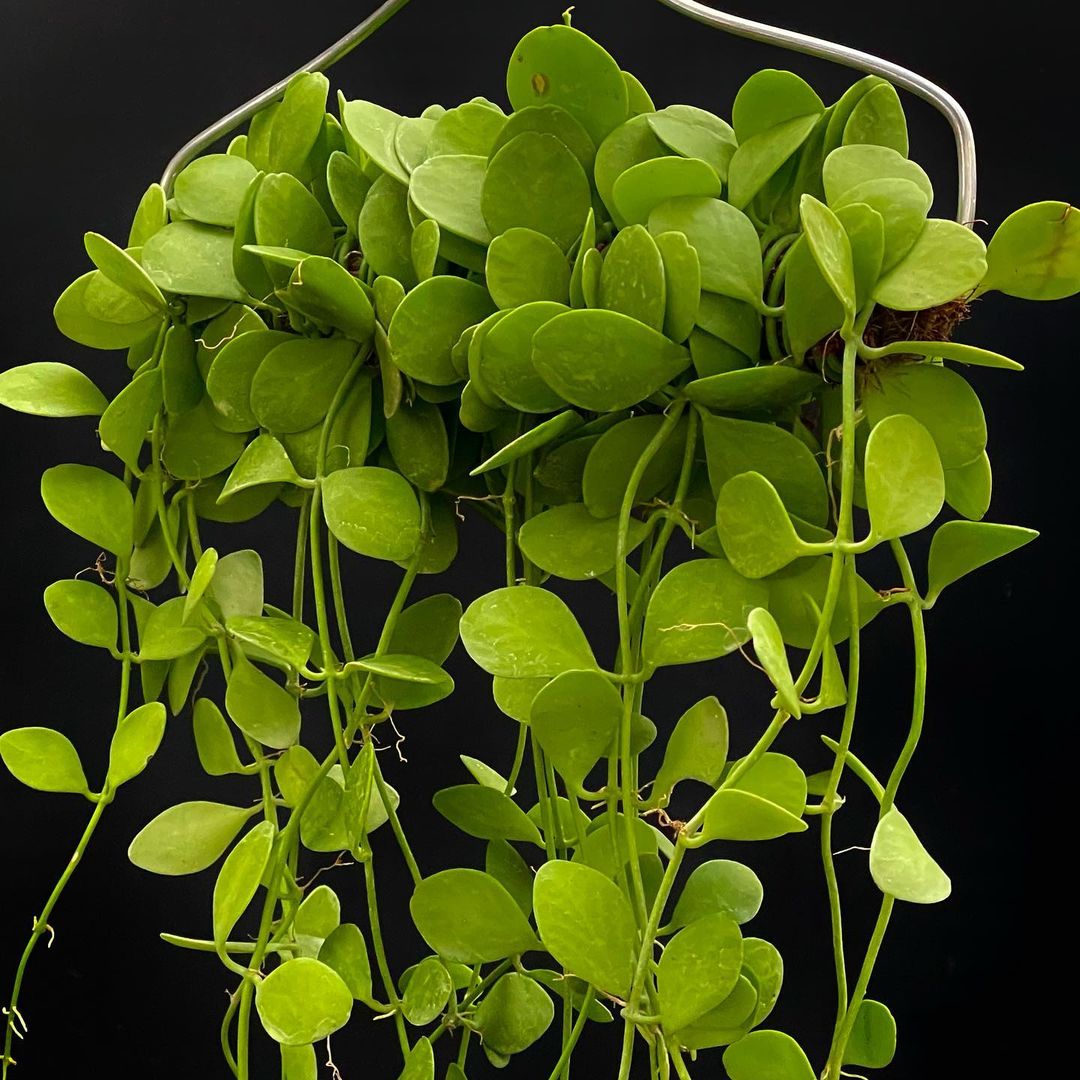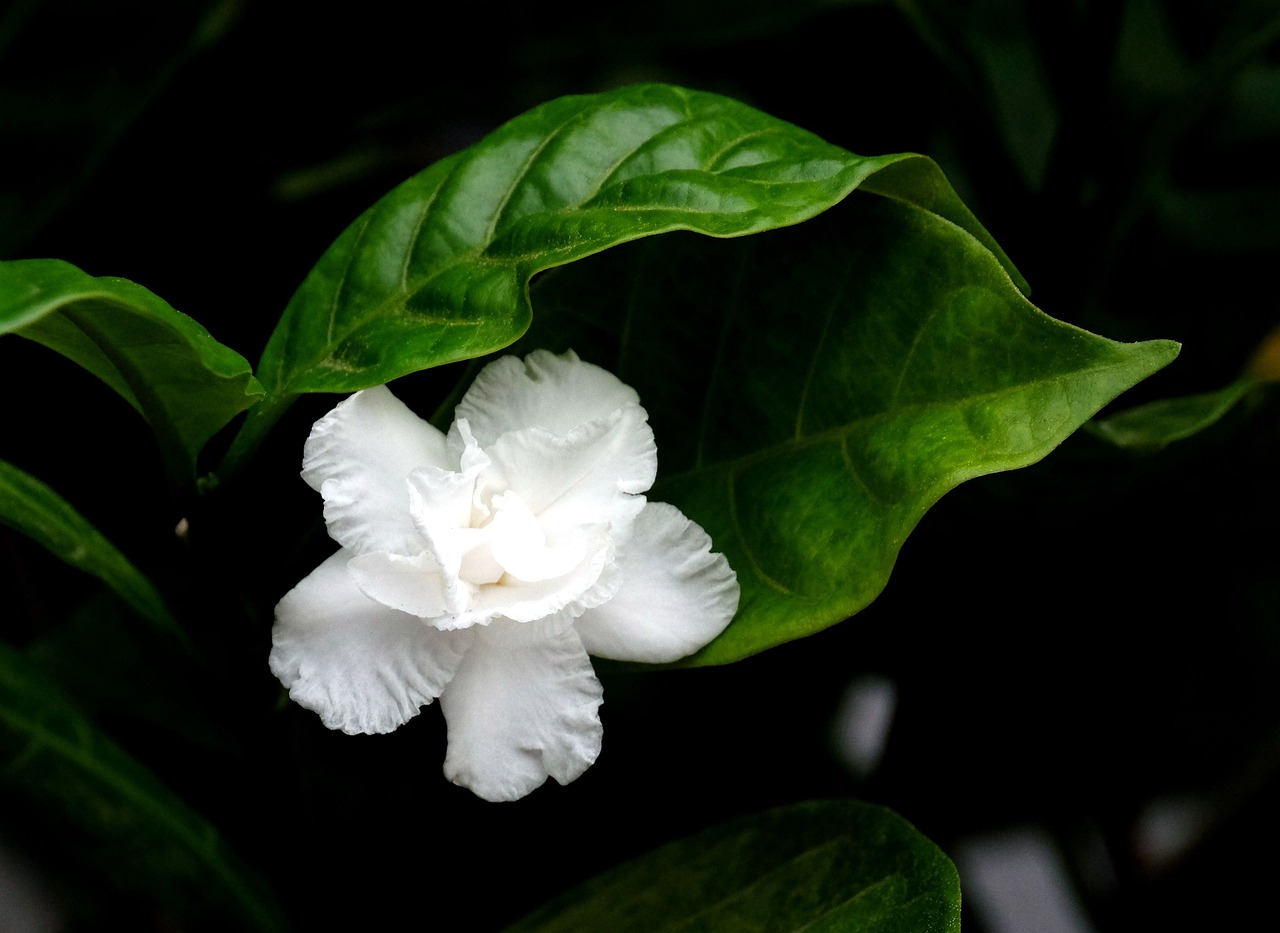Explore the expert Tips to Grow Dischidia Geri in the Pots and include this beautiful plant in your home garden.
Follow these easy Tips to Grow Dischidia Geri in the Pots and create a vibrant green oasis with this beautiful houseplant in your home.
Botanical Name: Dischidia ‘Geri’
Species: Dischidia Oiantha
Check Dischidia Pectinoides Care and Growing Information
Dischidia Geri Profile
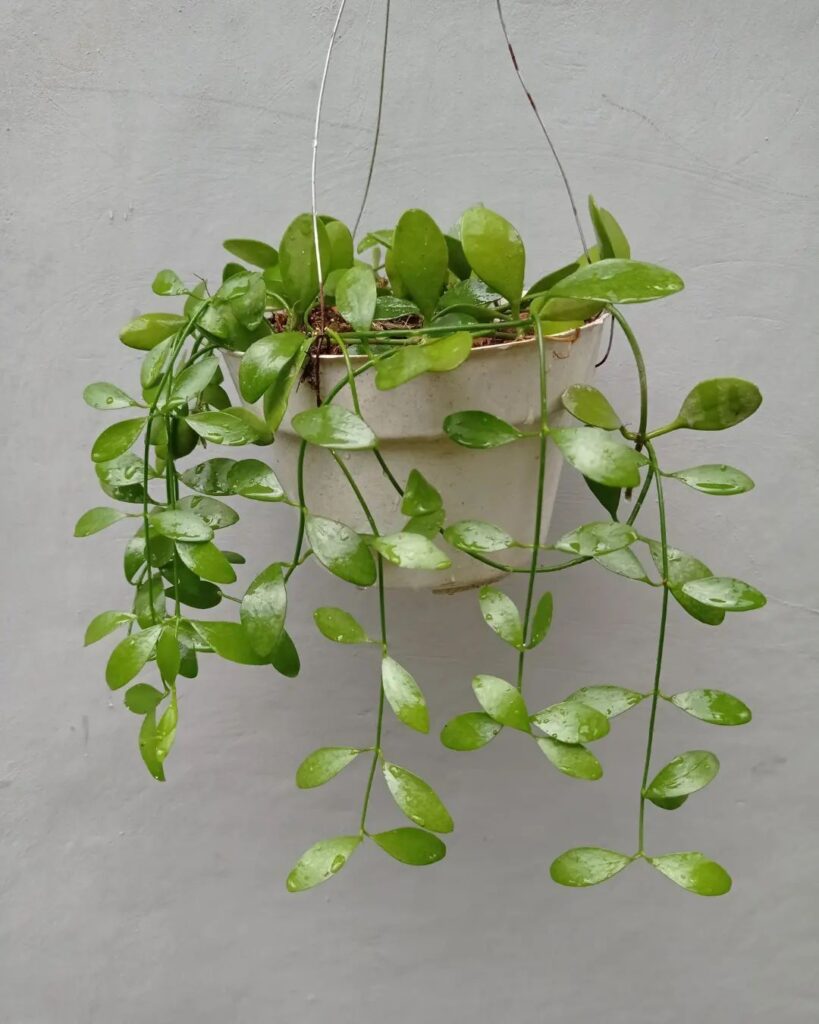
Dischidia oiantha geri is a trailing epiphyte from the Apocynaceae family, originally found in the Philippines. It was formally described by Friedrich Richard Rudolf Schlechter in 1904 in Fragmenta Florae Philippinae. While it is commonly referred to as Dischidia Geri, it’s important to note that this is not its official identification.
With its dark green, oval-shaped leaves and delicate white flowers, this plant is both visually appealing and low-maintenance. It thrives indoors or in a well-lit, shaded area in a garden, making it an ideal choice for any plant enthusiast.
Propagating Dischidia Geri
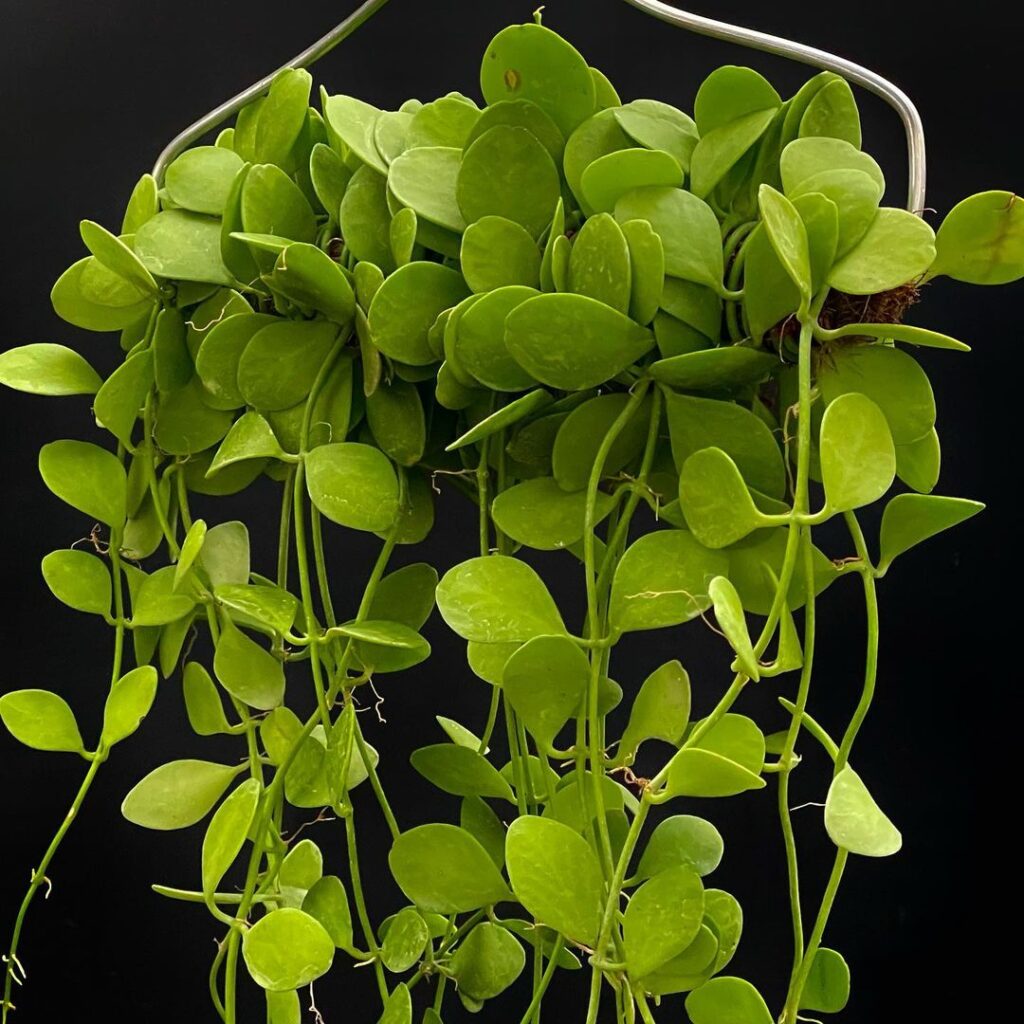
You can propagate Dischidia Geri easily by stem cutting and air-layering.
Growing by Stem Cutting
- To propagate using stem cuttings, select a healthy stem from the parent plant and carefully cut it just below a node using a sharp knife.
- Remove the leaves from the lower portion of the cutting, then dip the cut end in root hormone before placing it in a pot filled with well-draining, moist soil.
- Keep the pot in a warm and shaded location, watering the soil consistently.
- Once the cutting develops roots, it can be transferred to a larger pot for further growth.
Growing Dischidia Geri by Air Layering
- To propagate through air layering, choose a healthy stem from the parent plant.
- Create a small incision in the stem and insert a piece of moist sphagnum moss.
- Wrap the moss with plastic wrap or aluminum foil, securing it firmly.
- Keep the stem in a warm, shaded spot and ensure regular watering of the plant.
- Once roots have formed, remove the plastic wrap or aluminum foil and cut the stem just below the newly developed roots.
- Transfer the rooted stem to a pot filled with well-draining, moist soil.
Tips to Grow Dischidia Geri in the Pots
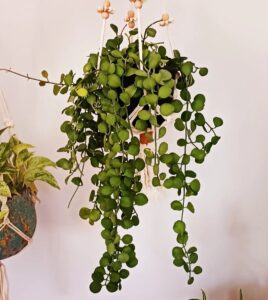
Light
It prefers bright, indirect light. Excessive direct sunlight can scorch the leaves, while insufficient light can lead to leggy growth and loss of shape. Optimal placement involves positioning the plant near a window with filtered light indoors or in a shaded outdoor area.
Soil
The ideal potting mix for this plant consists of a well-draining, lightweight, and airy mix. For this, combine equal parts of potting soil, pine bark mixture, perlite, vermiculite, charcoal, and coco coir. You can improve water retention by adding peat moss and coconut coir.
Water
Throughout the growth period, maintain regular watering to keep the soil lightly moist, avoiding excessive saturation. Allow the top inch of soil to dry before watering again, and decrease watering frequency during winter.
To combat dry conditions, mist the leaves frequently, ensuring proper hydration.
Humidity
Dischidia Geri plants favor a humid environment, preferably with humidity levels ranging from 60% to 80%. To create the ideal conditions, mist the leaves during the summer months to increase humidity. Additionally, placing the plant on a humidity tray or near a humidifier can effectively maintain a humid atmosphere around the plant.
Dischidia Geri Care
Fertilizer
To ensure the health and growth of your Dischidia Geri, apply a balanced fertilizer, like a 20-20-20, at half strength every two weeks during the growing season (spring and summer). This regular fertilization routine will provide the necessary nutrients for your plant’s well-being.
Pests and Diseases
While Dischidia Geri plants are generally hardy to common pests and diseases, they may still face infestation by aphids, mealybugs, and scale insects.
In such cases, combat these pests by using insecticidal soap or horticultural oil as effective treatments.
To avoid the risk of root rot, which can be triggered by excessive watering or inadequate drainage, it is crucial to maintain soil moisture consistently—neither too dry nor overly saturated. Strive for a balanced approach, ensuring the soil remains consistently moist without becoming soggy.
Dischidias face the risk of Powdery Mildew and Southern Blight, primarily caused by excess moisture on compacted foliage. If such issues occur, promptly remove affected areas and relocate the plant to a brighter spot while ensuring the leaves remain dry.
Learn How to Grow Alocasia Jacklyn Indoors

